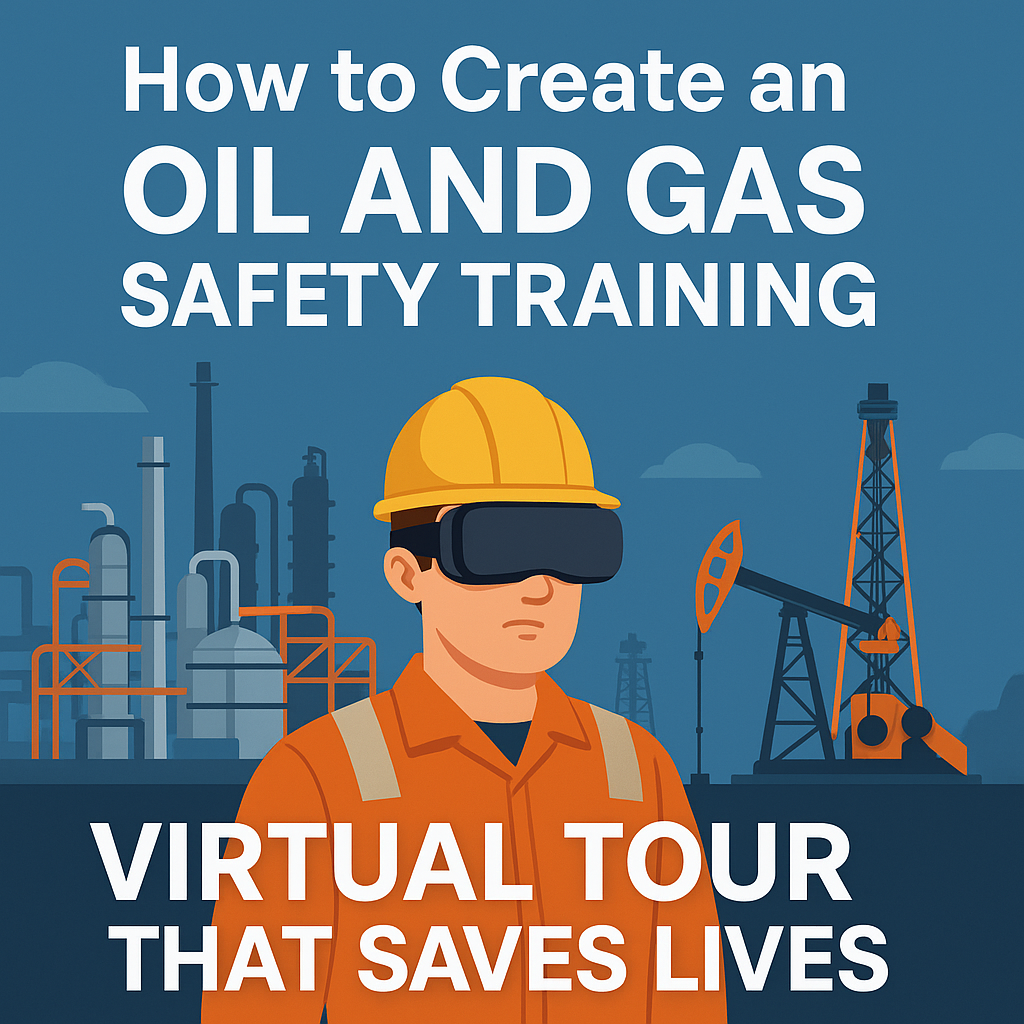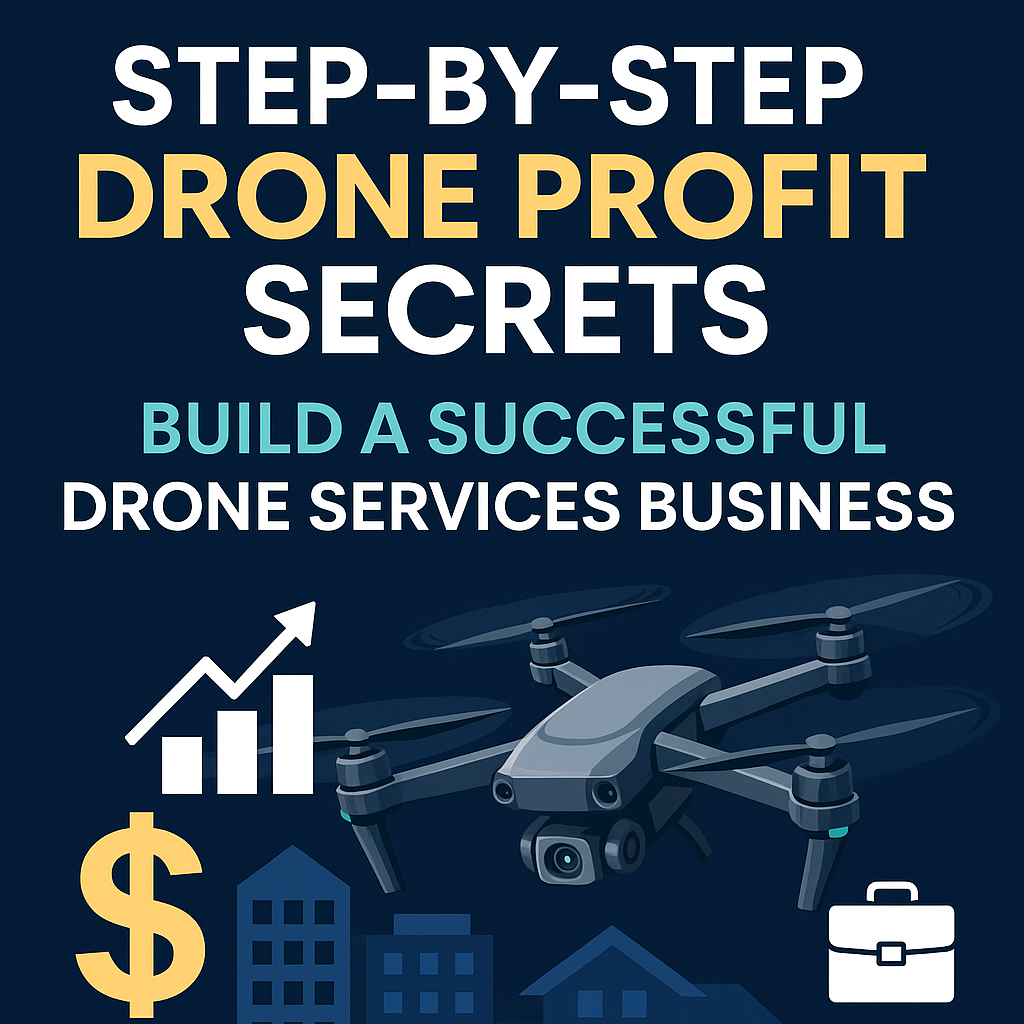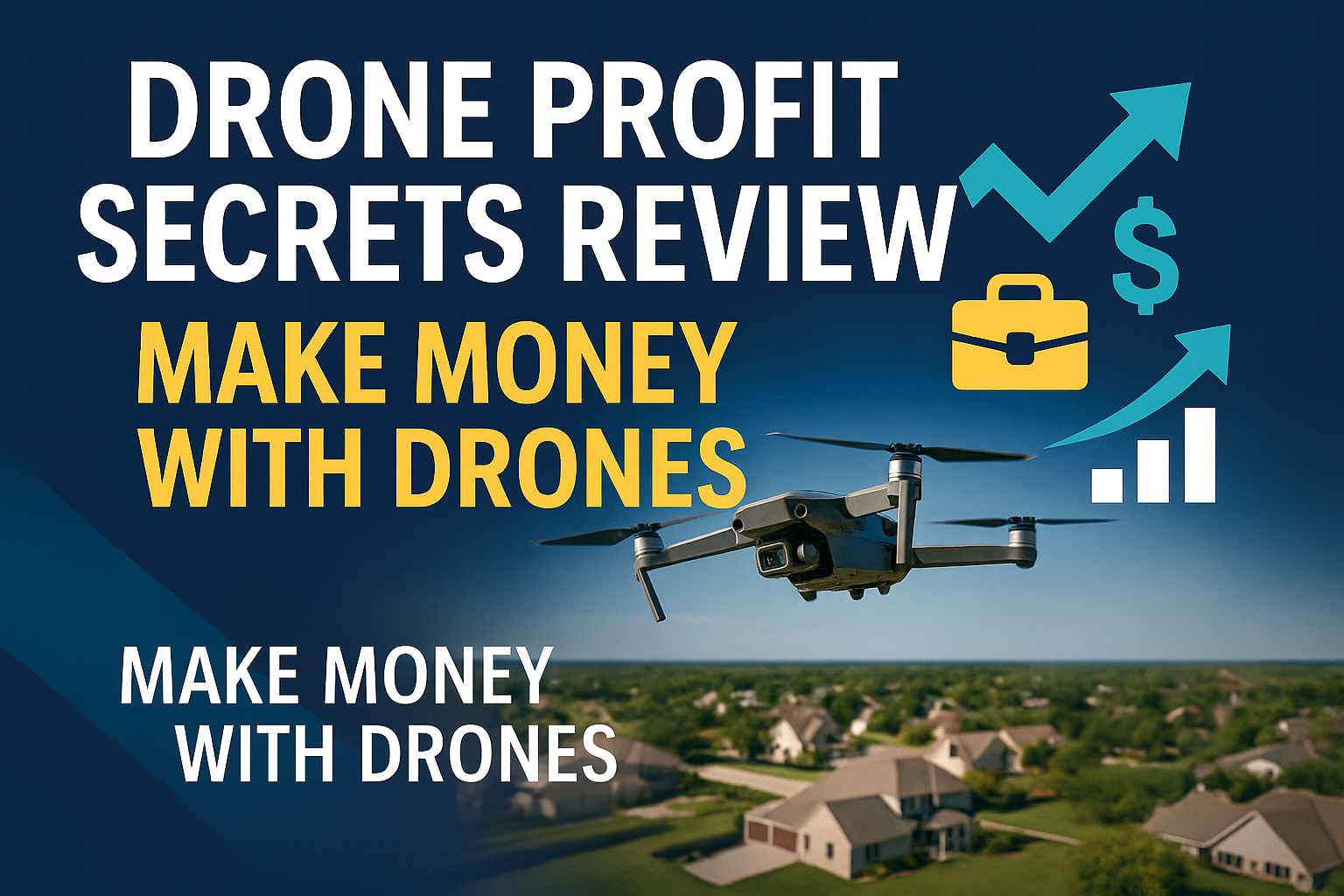🛡️ How to Create an Oil and Gas Safety Training Virtual Tour that Saves Lives
In oil and gas, the margin for error is razor-thin. One missed hazard, one overlooked safety step, and the consequences can be fatal. That’s why forward-thinking companies are turning to virtual tours to make safety training more engaging, effective, and scalable. 🛢️⚙️
A well-executed oil and gas safety training virtual tour can do more than reduce liability — it can literally save lives. 💡
In this post, you’ll learn step-by-step how to create one from scratch — with links to relevant examples and blogs like Virtual Safety Walkthroughs: A Game Changer in Oil and Gas Training and Digital Twins and Safety: Virtual Tour Integration in Oil and Gas Training.
🎯 Why Virtual Safety Tours Matter
Virtual tours aren't just trendy tech. They're a life-saving upgrade to outdated onboarding:
- 🧠 Improve retention with interactive learning
- 📍 Allow teams to “walk” through dangerous zones before arriving
- 🔄 Standardize safety briefings across multiple locations
- 🧰 Reduce the need for on-site shadowing during high-risk operations
🔗 See also: Boost Safety Compliance with 360° Virtual Training in Oil and Gas
🛠️ Step 1: Plan Your Safety Tour Objectives
Before picking up a camera or software, ask:
- What are the most hazardous zones? ⚠️
- Who is this tour for — new hires, vendors, contractors? 🧑🏭
- What should a user know after completing the tour? 🎯
Define your KPIs — like hazard identification rate, onboarding time reduction, or LOTO (lockout/tagout) understanding.
🔗 Related: Preparing New Hires with Oil and Gas Virtual Safety Orientation Tours
🎥 Step 2: Capture 360° Site Imagery
Use a 360° camera such as:
- Insta360 X3
- Ricoh Theta Z1
- GoPro Max
🛢️ Focus on high-risk areas like:
- Refineries and gas plants
- Offshore platforms
- Drill sites and pipeline stations
- Storage tanks and flare stacks
💡 Pro Tip: Use a site map to pre-plan your shoot locations for a smooth tour flow.
🔗 Check out: Step Into Safety: Virtual Tours for Oil and Gas Industry Training
🖥️ Step 3: Build the Tour Using Interactive Software
Upload your photos into a virtual tour platform like CloudPano. Then:
- Add navigation hotspots to move through the site 🔄
- Overlay safety instructions, tooltips, and signage 🪧
- Embed short videos for training modules 🎬
- Include quizzes or acknowledgments for compliance ✅
👨🏫 Example: At each equipment zone, prompt the user to identify safety hazards and explain correct PPE.
🔗 Related: Virtual Tours for Oil and Gas Safety Training: What You Need to Know
📡 Step 4: Simulate Real Hazard Scenarios
Make your tour a true simulation, not just a walkthrough. Include:
- Evacuation drills and muster point navigation 🚨
- H2S leak response simulations 💨
- Confined space entry protocols 🚷
- Fall prevention with anchor points and lifeline demos 🧗♂️
🔗 Read: How 3D Virtual Tours Improve Hazard Awareness in Oil and Gas Sites
📲 Step 5: Distribute and Track Engagement
Now it’s time to roll it out. You can:
- Embed in your Learning Management System (LMS)
- Include in email onboarding sequences
- Require completion before site access
- Share with contractors and temporary workers
Use analytics to track:
- Tour completion rates
- Time spent in hazard zones
- Quiz scores and acknowledgments
📈 These metrics prove value and compliance.
🔗 Explore: Train Your Oil and Gas Workforce Remotely with Interactive Virtual Tours
📊 Case Study: Saving Lives in Real Time
A midstream gas company in Texas launched a virtual safety tour for compressor stations. They reported:
- 60% improvement in hazard identification 🧠
- 45% faster contractor onboarding 🧑🔧
- Zero injuries reported in the first 6 months 🚫
The key difference? Visual familiarity and mental preparation.
🔗 Similar case: Oilfield Training Reimagined: Safety Simulations Through Virtual Tours
🚀 Bonus: Combine with Digital Twins
Want to take things even further?
Pair your virtual tour with a digital twin — a live data-connected 3D model of your site. This lets you:
- Show real-time sensor readings (pressure, gas levels, etc.)
- Indicate live hazard zones or alerts
- Train with actual environmental conditions
🔗 Learn more: Digital Twins and Safety: Virtual Tour Integration in Oil and Gas Training
✅ Final Checklist: Your Virtual Safety Tour Must Include
✅ High-risk zones with 360° coverage
✅ Hotspots with SOPs, tooltips, and videos
✅ Simulated hazard scenarios
✅ Emergency exits and safety equipment locations
✅ Interactive knowledge checks
✅ User tracking and reporting
🔗 Related: From Classroom to Field: Virtual Tours for Realistic Oil and Gas Training
🧭 Conclusion: Train Safer, Smarter, and Sooner
Creating a virtual tour isn’t just about saving time — it’s about saving lives. 🧑🏭🛡️
When workers see the risks before stepping foot on-site, they:
- Avoid costly mistakes
- Respond better under pressure
- Help build a culture of safety from Day One
And in oil and gas, that kind of culture doesn’t just boost productivity — it protects people.














.png)



.png)





.png)

.png)





